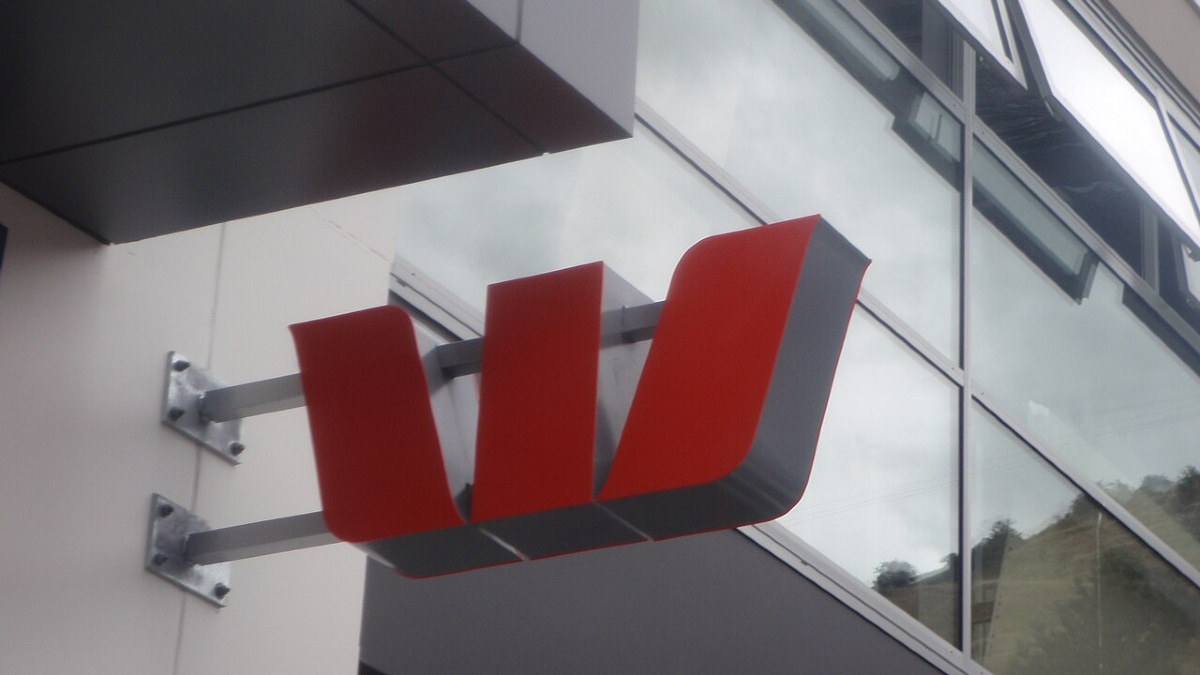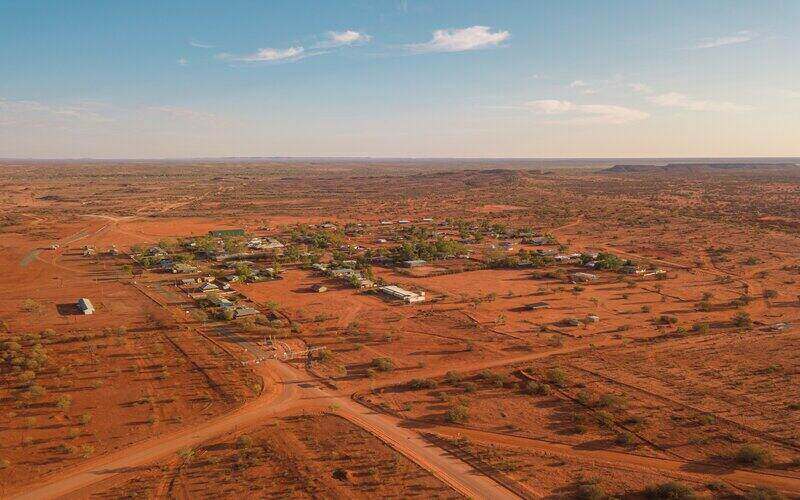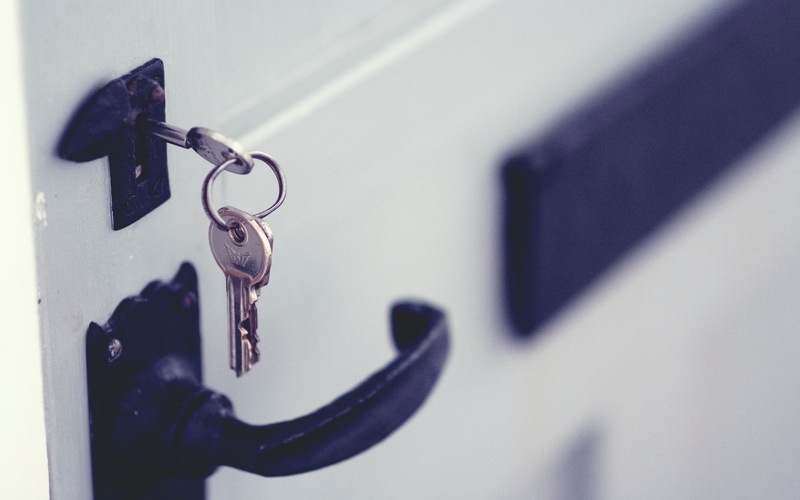The Albanese Government will begin to deliver its Help to Buy scheme, offering an equity contribution of up to 40% for as many as 40,000 eligible home buyers, this year, subject to legislation.
The scheme has been given the tick of approval from the House of Representatives, but still needs to pass through the Senate before it can be implemented.
The scheme’s planned start was announced by Prime Minister Anthony Albanese and Minister for Housing and Homelessness Julie Collins in August last year, having been promised in the lead up to the 2022 federal election.
The program is estimated to cost $553.5 million over the forward estimates to 2026/27, according to the Treasury department.
If the legislation passes in Labor’s favour, it will be offered to low- and middle-income earners, single parents, mature-aged women, and long-term renters in all states and territories.
However, it is yet to garner the support of either the Greens or the Coalition, and as Labor doesn’t have majority power in the Senate, it needs one or both to continue forward.
“So often these Australians have done all the right things – worked hard, saved up, made sacrifices, but a deposit for a home is still out of reach,” Mr Albanese said on announcing the scheme.
“Our government will step up and assist, opening the door of home ownership to tens of thousands of Australians.”
Various state governments already offer their own shared equity schemes.
Under the nationalised Help to Buy scheme, eligible buyers purchasing a new home could receive an equity contribution of up to 40%.
Meanwhile, those eyeing an existing home could get a 30% equity contribution.
When the property sells, the government will want a proportionate share of the capital gains.
The home buyer can also progressively buy-out the government's stake if they choose to.
To be eligible, individuals will need to be earning less than $90,000 pre-tax annually, while couples will need to be earning less than $120,000 pre-tax.
They will need to have a 2% deposit, be unable to buy a home without the scheme, intend to live in the property bought through the scheme, and adhere to the following property price caps.
|
Region |
Price cap |
|
New South Wales – capital city and regional centre |
$950,000 |
|
New South Wales – other |
$750,000 |
|
Victoria – capital city and regional centre |
$850,000 |
|
Victoria – other |
$650,000 |
|
Queensland – capital city and regional centre |
$700,000 |
|
Queensland – other |
$550,000 |
|
Western Australia – capital city |
$600,000 |
|
Western Australia – other |
$450,000 |
|
South Australia – capital city |
$600,000 |
|
South Australia – other |
$450,000 |
|
Tasmania – capital city |
$600,000 |
|
Tasmania – other |
$450,000 |
|
Australian Capital Territory |
$750,000 |
|
Northern Territory |
$600,000 |
|
Jervis Bay Territory and Norfolk Island |
$550,000 |
|
Christmas Island and Cocos (Keeling) Islands |
$400,000 |
Regional centres under Help to Buy include Newcastle & Lake Macquarie, Illawarra, Central Coast, North Coast of NSW, Geelong, Gold Coast and Sunshine Coast.
Homeowners taking advantage of the shared equity scheme wouldn’t pay rent nor interest on the government’s portion of the property.
Though they would need to cover all fees and taxes – including stamp duty and rates – associated with its purchase and ownership.
Further, those using the Help to Buy scheme will be able to ‘buy back’ portions of the government’s holding when they’re able, purchasing minimum 5% stakes at a time.
Nitty-gritty details of the Help to Buy scheme
Some notable details of the Help to Buy scheme are still unclear, but most of the key elements have been revealed.
The income of owners using the scheme would need to stay within the set caps for them to remain eligible.
Labor has clarified to Savings.com.au that those income caps will increase with the Wage Price Index.
If an owner's income rises above the caps for two consecutive financial years, the government would ask them to work with their lender to determine how much of the equity contribution, if any, they can repay.
Read more: Help to Buy scheme: The glaring issue no one is talking about
On top of that, an owner using the scheme needs to continue occupying the property. If they move elsewhere, they'll need to repay the government's equity share.
Finally, the Treasury department has said the government will share the risks and rewards associated with purchasing any property bought through the scheme. If the property sells for a capital loss, it will bear its share of the loss.
For example, if one were to buy a $500,000 home through the Help to Buy scheme, with the government chipping in 20% – $100,000 – before selling it for $400,000 two years later, the owner is expected to only return $80,000 of the government's contribution (20% of the ultimate sale price).
It looks likely that the government will not take a share of any capital gains brought by improvements made to a property.
Labor to negotiate with Greens to get Help to Buy through Senate
While Labor didn’t need extra hands to push the Help to Buy legislation through the Lower House, it's a different scenario in the Senate.
The ruling party needs support from somewhere, and it seems likely it won’t be the Coalition.
So, a power struggle between Labor and the Greens has been born.
Prime Minister Anthony Albanese recently told reporters, “the Greens can vote for it, or they can vote against it.”
“If they vote against it, they'll be voting against helping Australians into home ownership.
“It’s as simple as that.”
The Greens, meanwhile, have vowed to withhold their support unless the Albanese Government moves to limit negative gearing and capital gains discounts.
“All we’ve said to [Labor] is, ‘look, these are the three key areas – the massive tax handouts denying millions of renters the chance to buy a home, capping rent increases, and building public housing’,” Greens housing and homelessness spokesperson Max Chandler-Mather told the ABC’s Afternoon Briefing in February.
“We’re willing to negotiate of course … but the bottom line is, right now, capital gains tax discounts and negative gearing [are] denying millions of renters the chance to buy a home.”
The party argues that negative gearing and capital gains tax discounts encourage investors to purchase more properties, potentially beating out first home buyers who typically have more limited budgets.
Other schemes and grants available to first home buyers
The Help to Buy scheme is just the latest available to those looking to get their foot on the property ladder.
First home buyers and those who have been out of the property game for more than a decade might find themselves eligible for the Home Guarantee Scheme.
The Home Guarantee Scheme includes the First Home Guarantee, the Regional First Home Buyer Guarantee, and the Family Home Guarantee.
Between the three guarantees, there are 50,000 places for wishful homeowners on offer in financial year 2024.
Additionally, many states and territories offer first home owner grants or stamp duty discounts, and many offer both.
To learn more, check out our resource on first home buyer benefits.
Advertisement
Buying a home or looking to refinance? The table below features home loans with some of the lowest interest rates on the market for owner occupiers.
| Lender | Home Loan | Interest Rate | Comparison Rate* | Monthly Repayment | Repayment type | Rate Type | Offset | Redraw | Ongoing Fees | Upfront Fees | Max LVR | Lump Sum Repayment | Additional Repayments | Split Loan Option | Tags | Row Tags | Features | Link | Compare | Promoted Product | Disclosure |
|---|---|---|---|---|---|---|---|---|---|---|---|---|---|---|---|---|---|---|---|---|---|
5.79% p.a. | 5.83% p.a. | $2,931 | Principal & Interest | Variable | $0 | $530 | 90% |
| Promoted | Disclosure | |||||||||||
5.74% p.a. | 5.65% p.a. | $2,915 | Principal & Interest | Variable | $0 | $0 | 80% |
| Promoted | Disclosure | |||||||||||
5.84% p.a. | 6.08% p.a. | $2,947 | Principal & Interest | Variable | $250 | $250 | 60% |
| Promoted | Disclosure |
First published on August 2023
Image by graystudiopro1 via freepik

Ready, Set, Buy!
Learn everything you need to know about buying property – from choosing the right property and home loan, to the purchasing process, tips to save money and more!
With bonus Q&A sheet and Crossword!






 Denise Raward
Denise Raward


 Hanan Dervisevic
Hanan Dervisevic
 Jacob Cocciolone
Jacob Cocciolone

